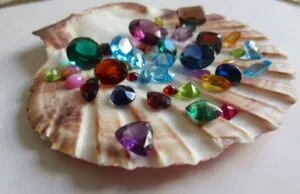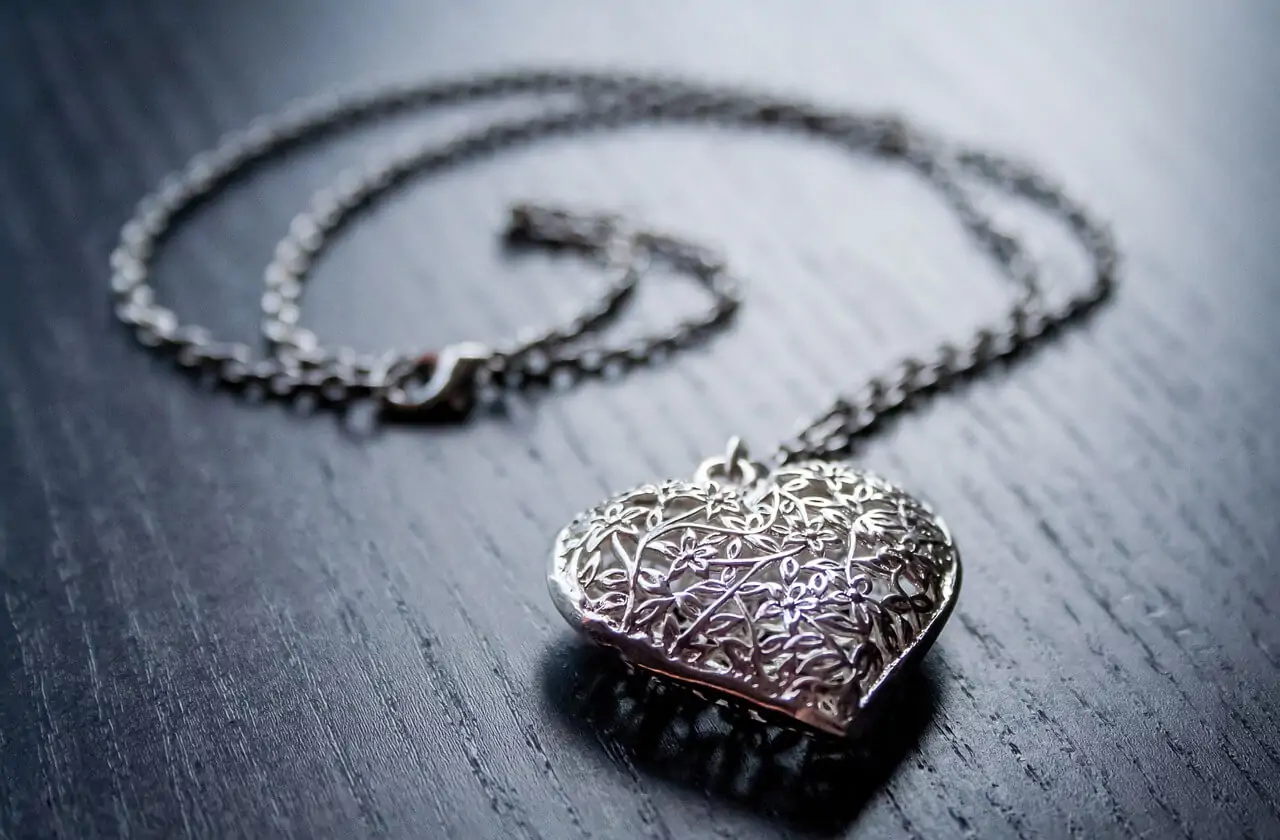
Table of Contents
Sterling silver, celebrated for its luster and elegance, is often a top choice for jewelry enthusiasts. Known as a hypoallergenic precious metal, silver in its pure form doesn’t trigger allergies or reactions, making it ideal for sensitive skin. However, pure silver’s softness necessitates alloying it with other metals to enhance its durability for jewelry.
Let’s take a look at the intricate balance of sterling silver’s composition and how it affects its hypoallergenic status.
Sterling Silver: Is It Hypoallergenic?
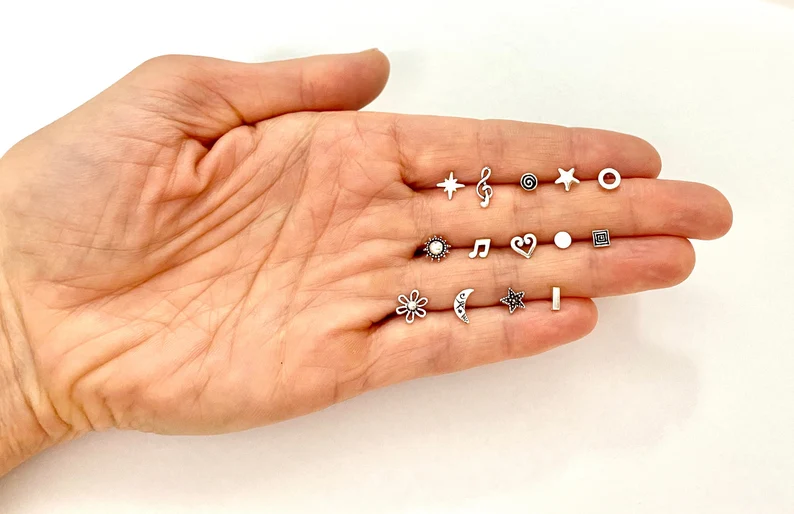
Sterling silver, highly valued in jewelry for its blend of beauty and strength, consists mainly of 92.5% pure silver. The rest, usually 7.5%, is other metals like copper. This mix, common in many countries, gives sterling silver its unique qualities and name.
Pure silver, making up most of sterling silver, is naturally hypoallergenic, meaning it rarely causes skin reactions. This makes it a good choice for people with sensitive skin. However, the hypoallergenic quality of sterling silver also depends on the other metals mixed in.
If these metals don’t cause allergies, sterling silver remains gentle on the skin. Its combination of shine, adaptability, and skin safety makes sterling silver popular for various jewelry, offering style without discomfort.
Sterling Silver vs. Other Jewelry Metals
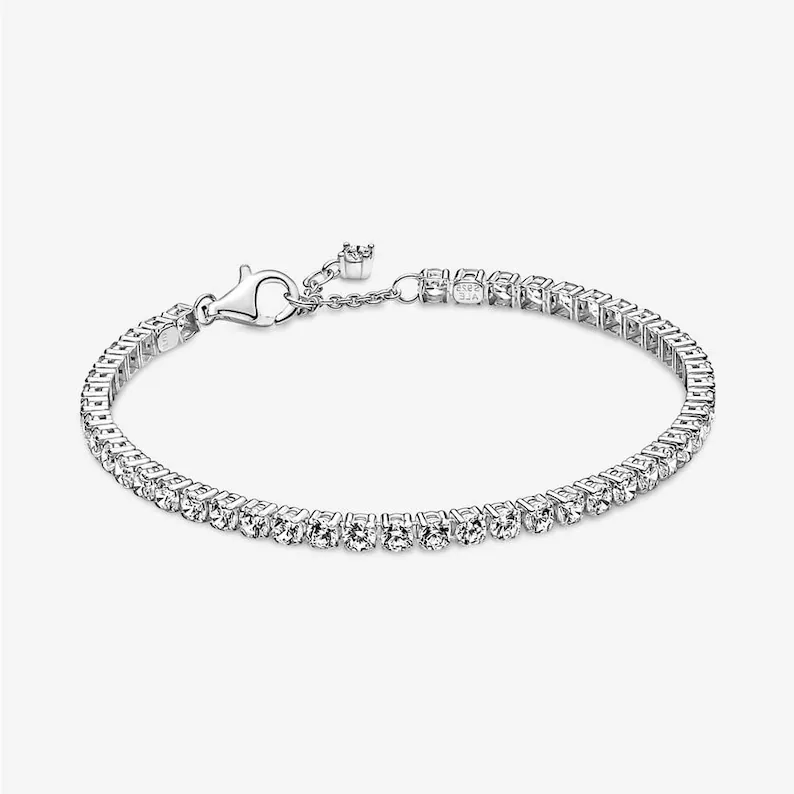
Sterling silver, with its 92.5% silver content, offers a consistent and durable quality that sets it apart in the jewelry market. Unlike gold, known for its luxury and varying purity levels, sterling silver is both practical and versatile, ideal for daily wear. It is more affordable than platinum, yet still elegant. While platinum is durable and doesn’t tarnish, sterling silver needs more care to keep its shine but is easier to shape into detailed designs.
In comparison to modern metals like stainless steel or titanium, sterling silver has a more traditional and elegant look. Stainless steel and titanium are very durable and have a modern style, but they lack the classic charm and gentle glow of sterling silver. Also, sterling silver is usually more hypoallergenic than metals like nickel or brass, which can irritate the skin.
Overall, sterling silver combines beauty, affordability, and skin-friendly properties, making it a popular choice for those who want luxury and practicality in their jewelry.
Common Misconceptions about Sterling Silver and Allergies
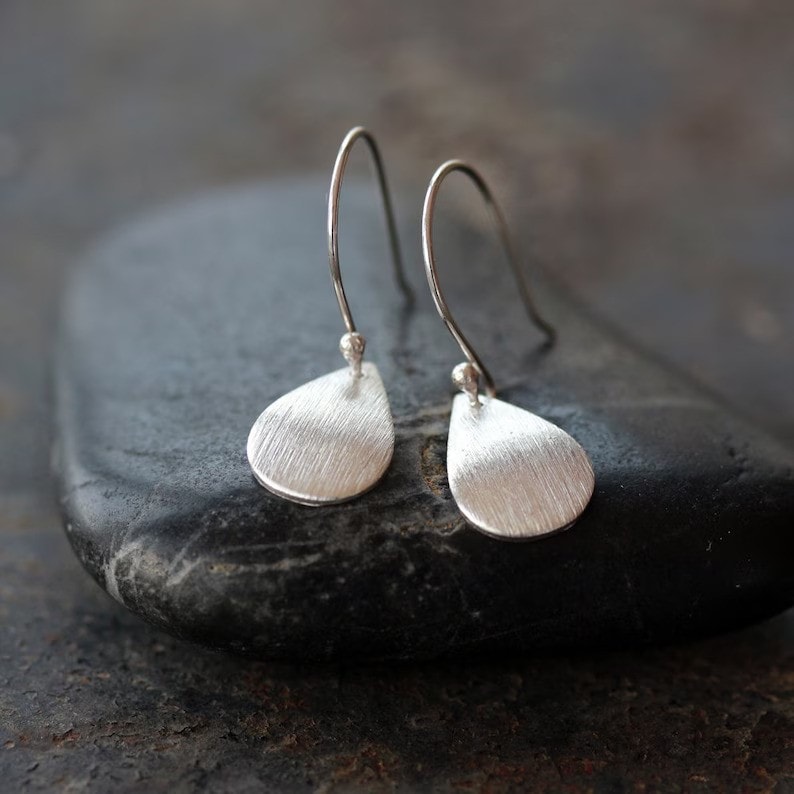
Many believe that sterling silver is always hypoallergenic, but this isn’t entirely true. While pure silver doesn’t cause allergies, sterling silver, which mixes 92.5% silver with 7.5% other metals like copper, can irritate those with copper allergies.
Another misunderstanding is that tarnish on sterling silver can lead to allergies. Actually, tarnish doesn’t cause allergic reactions, but the substances it collects might irritate sensitive skin. Keeping sterling silver clean and well-stored can reduce this risk.
Some people think that an allergic reaction to sterling silver means the jewelry is fake or low-quality. However, the reaction often comes from the other metals in the alloy or individual sensitivities, not from the silver’s quality.
It’s also wrongly assumed that all sterling silver has the same hypoallergenic properties. The truth is, the specific metals mixed with the silver vary, and some mixtures are more likely to cause skin reactions.
Knowing these facts about sterling silver can help those with sensitive skin choose jewelry wisely, balancing style and skin comfort.
Sterling Silver Jewelry
Sterling silver, a versatile and elegant metal, is a popular choice in the world of jewelry. Its adaptability to various designs and styles makes it a favorite among both designers and consumers. Here’s a look at the different types of sterling silver jewelry available out there.
1. Classic Jewelry
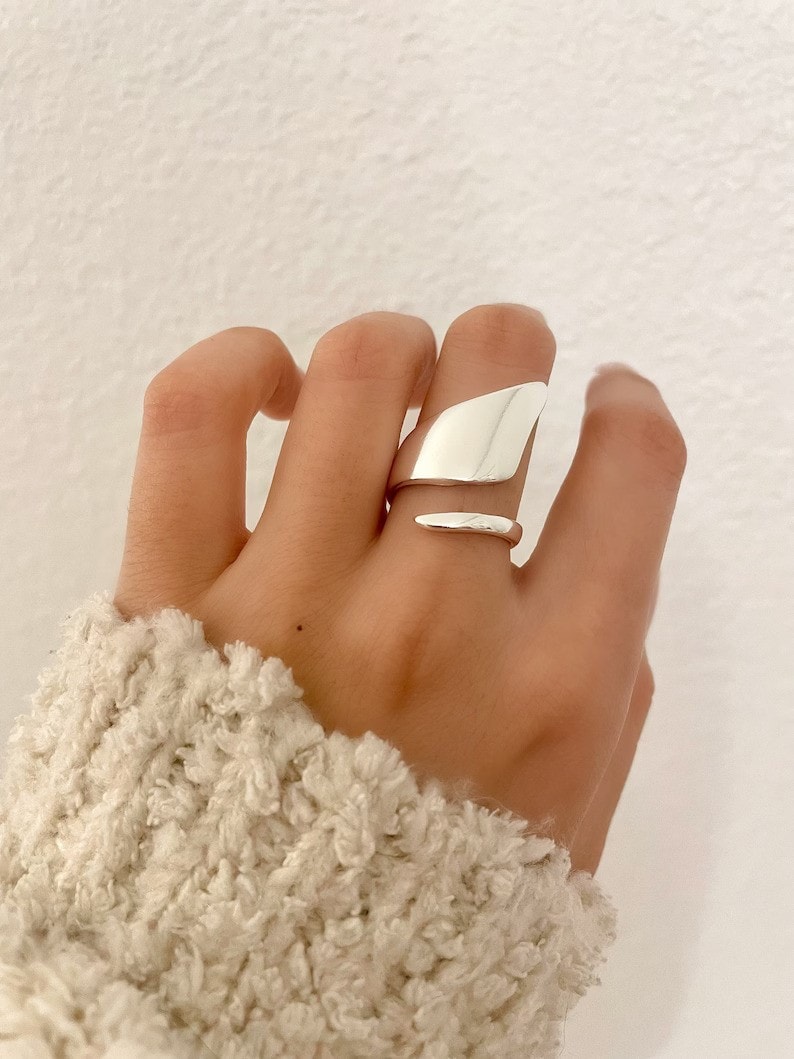
This category includes timeless pieces like simple sterling silver chains, elegant stud earrings, and basic bangles or bracelets. These items often showcase the silver’s natural luster without elaborate embellishments, making them perfect for everyday wear or for those who prefer a minimalist aesthetic.
2. Gemstone Jewelry
Sterling silver serves as an excellent base for gemstone jewelry. The metal’s neutral tone beautifully complements a wide range of gemstones, from vibrant sapphires and emeralds to delicate pearls and amethysts. Rings, pendants, earrings, and bracelets in this category often become statement pieces due to the color contrast between the metal and the gemstones.
3. Handcrafted Artisan Jewelry
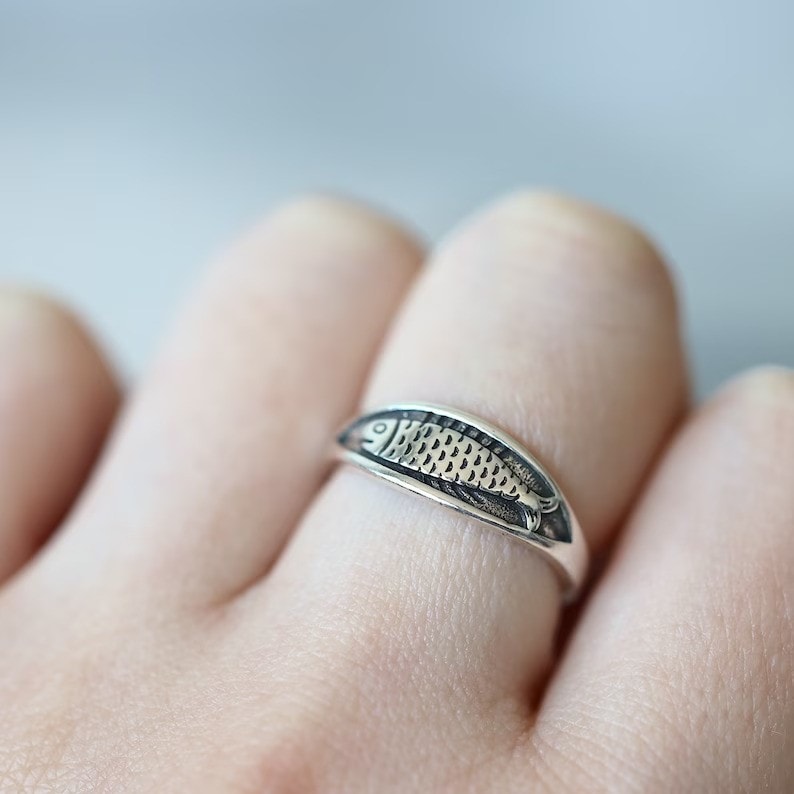
Many artisans prefer sterling silver for its malleability and the ease with which it can be worked into intricate designs. Handcrafted sterling silver pieces might feature unique textures, hand-stamped designs, or organic shapes, reflecting the individual artisan’s skill and creativity.
4. Vintage and Antique Jewelry
Sterling silver has a long history in jewelry making, and vintage or antique sterling silver pieces are highly sought after. These items often feature intricate filigree work, Art Deco designs, or historical motifs, making them not just accessories but pieces of wearable art with a story.
5. Modern and Contemporary Jewelry
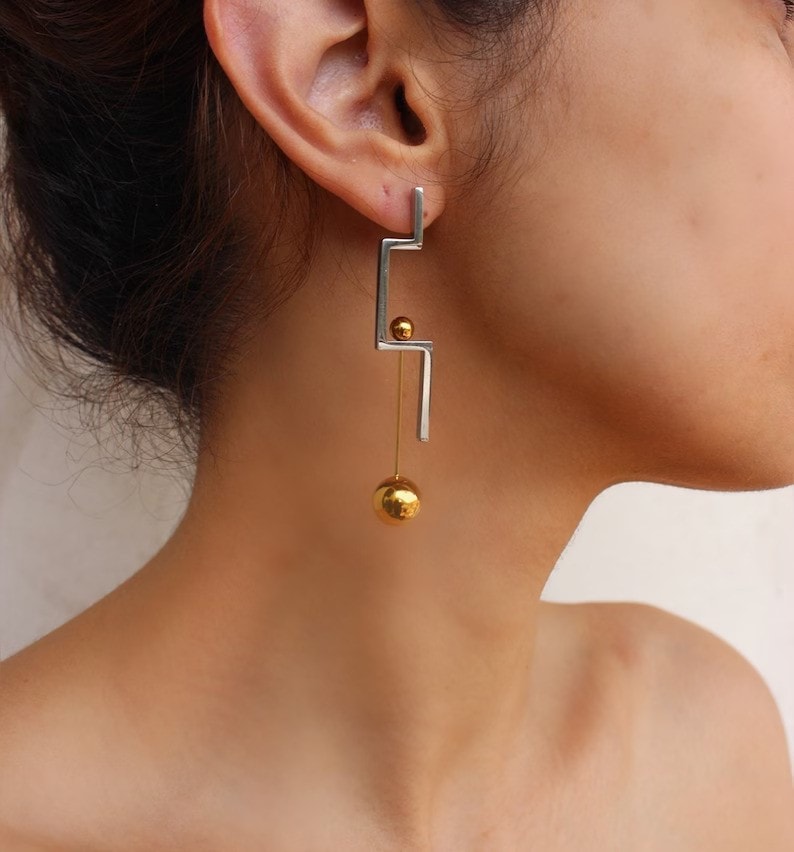
On the cutting edge of design, modern sterling silver jewelry often features geometric shapes, abstract forms, and minimalist lines. Designers experiment with matte finishes, unconventional shapes, and mixed metals to create contemporary pieces that challenge traditional jewelry norms.
6. Ethnic and Cultural Jewelry
Sterling silver is used globally and features prominently in ethnic and cultural jewelry. From the intricate Balinese filigree work to Native American turquoise-inlaid pieces, sterling silver’s versatility allows it to be shaped into culturally significant designs.
7. Men’s Jewelry
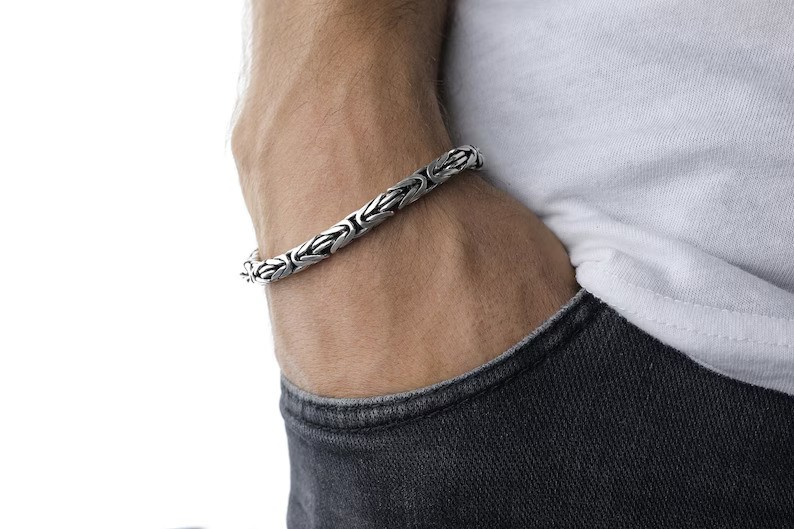
Sterling silver is not just for women’s jewelry. Men’s rings, cufflinks, bracelets, and chains made from sterling silver are increasingly popular for their understated elegance and durability.
8. Personalized Jewelry
Sterling silver’s ease of engraving and molding makes it ideal for personalized jewelry, such as name necklaces, monogrammed bracelets, or custom-engraved cufflinks. These pieces hold special sentimental value and are often cherished as keepsakes.
9. Fashion Jewelry
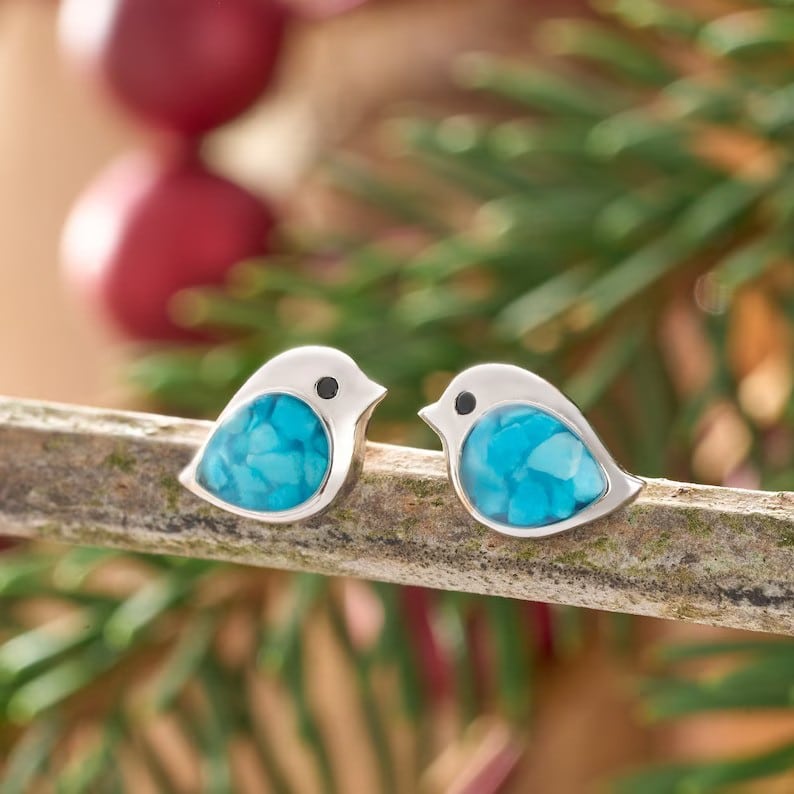
For those who follow the latest trends, sterling silver fashion jewelry offers the latest styles at affordable prices. From oversized hoops to layered necklaces, these pieces help make a fashion statement without breaking the bank.
Each type of sterling silver jewelry offers its own unique appeal, from the elegance of gemstone-adorned pieces to the personal touch of handcrafted items. Whether you’re looking for something classic, modern, or culturally inspired, sterling silver jewelry provides a wide range of options to suit any taste and occasion.
Where to Buy Sterling Silver Jewelry
If you’re looking to buy sterling silver jewelry online, here are a few of the most popular stores you can check out:
- Blue Nile: Known for its exquisite shine and splendid value, Blue Nile offers a range of sterling silver jewelry including everyday earrings, on-trend necklaces, versatile bracelets, and more. These pieces are shimmering, strong, and offer lifetime style.
- Brian Gavin: Brian Gavin features a variety of sterling silver jewelry options, including rings, earrings, necklaces, pendants, bracelets, and cufflinks, catering to a range of tastes and preferences.
- James Allen: James Allen’s collection boasts a wide array of fine jewelry, including dazzling diamonds, gold necklaces and rings, gemstone bracelets, and more, offering pieces for every occasion. While the focus is on gold and gemstones, they do offer a variety of jewelry materials and styles.
- Angara Jewelers: Angara Jewelers presents a collection of stylish silver jewelry, including chic rings, earrings, pendants, and bracelets in both classic and modern designs. Their collection features pieces adorned with diamonds or colored gemstones, offering affordable luxury.
- Etsy: Etsy is a global marketplace where independent artisans and small businesses sell handmade and vintage items, including a diverse range of sterling silver jewelry. Each piece is unique, often customizable, and reflects the individual artistry of its creator.
- Amazon: Amazon offers a vast selection of sterling silver jewelry from various brands and sellers. The range includes affordable options to designer pieces, catering to all styles and budgets. The platform’s user reviews and ratings can help guide purchases.
Wrapping Up
Sterling silver, both timeless and adaptable, shines in the jewelry world. Its bright glow and strength appeal to various tastes. Mostly hypoallergenic, it’s still important for people with sensitive skin to pick silver that’s pure and safe for them. Its blend of beauty and durability makes sterling silver a treasured element in jewelry collections around the globe.







